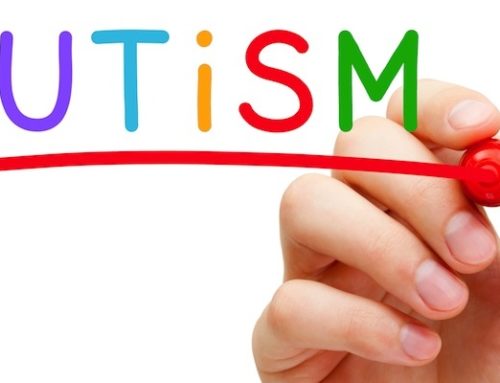What is stuttering?
Stuttering (also known as stammering) is a speech disorder in which the smooth rhythm and flow of speech is disrupted by sounds or words being repeated, stretched out or becoming stuck. It affects, children, adolescents and adults but usually starts in early childhood, often between 2 – 3 years of age.
How common is it?
In a study of Australian infants 8.5% had begun to stutter by 36 months of age. This figure increased to 12.2% by 48 months. Onset typically occurs as children are starting to put words together into short sentences.
What are the symptoms?
Stuttering can be classed as mild, moderate or severe. It may begin very suddenly, seemingly overnight, or it may start gradually- over days, weeks or even months. It is a very variable condition that will often change in type and frequency over time. Young children can appear to stutter some days and not others. Often, as stuttering develops, children show signs of effort and struggle while speaking.
Stuttering may present in a variety of ways including:
- repetition of sounds (e.g. m-m-m-monkey), syllables (e.g. ba-ba-banana), words (e.g. Where- where- where is it?) or even phrases (e.g. Can I- Can I- Can I have a drink?)
- stretching of sounds and/or words (g. Mmmmy name is Tom)
- stoppage of speech, that is, when the child attempts to say something but no sound is made (e.g. …………………… I have a dog)
What causes stuttering?
There is no known cause of stuttering at this stage, however the latest research and evidence suggests that it is a physical disorder most likely due to a problem with the neural processing (brain activity) that underlies speech production. There is also strong evidence that genetics is involved as stuttering tends to run in families, however the precise nature of the inheritance is currently unknown. Contrary to popular belief, stuttering is not caused by a traumatic event or experience, anxiety or stress and is not the result of anything parents did or did not do.
What are the effects?
Children who stutter are often teased and can show signs of effort or struggle when they speak. They can feel embarrassed and frustrated and may develop anxiety in social situations, which can make their stuttering worse. As a result, they often try to avoid speaking situations, such as reading aloud or answering questions in class which can limit educational opportunities. Some people also develop secondary behaviours such as eye blinking, grunting, grimacing or other body movements that accompany stuttering.
When to seek professional help?
If your child begins to stutter I would encourage you to contact a speech pathologist for advice. A “watchful waiting” period may be recommended before commencing treatment, as some children do experience natural recovery. However, this will be determined following careful consideration of various factors including (but not limited to) the child’s age, when the stuttering began and whether or not there is a family history of stuttering.
At this stage, it is not possible to predict which children will and will not recover without treatment. However, we do know that it is important to begin treatment of stuttering some time within 12 months of onset, as few children will have recovered without treatment by then. Furthermore, the preschool years are the best time to begin treatment using the Lidcombe Program of Early Stuttering Intervention. There are also effective treatments available for older children and adults who stutter.
Don’t forget to Like Modern Speechie on Facebook for more information and tips to help your child be the best communicator they can be!






